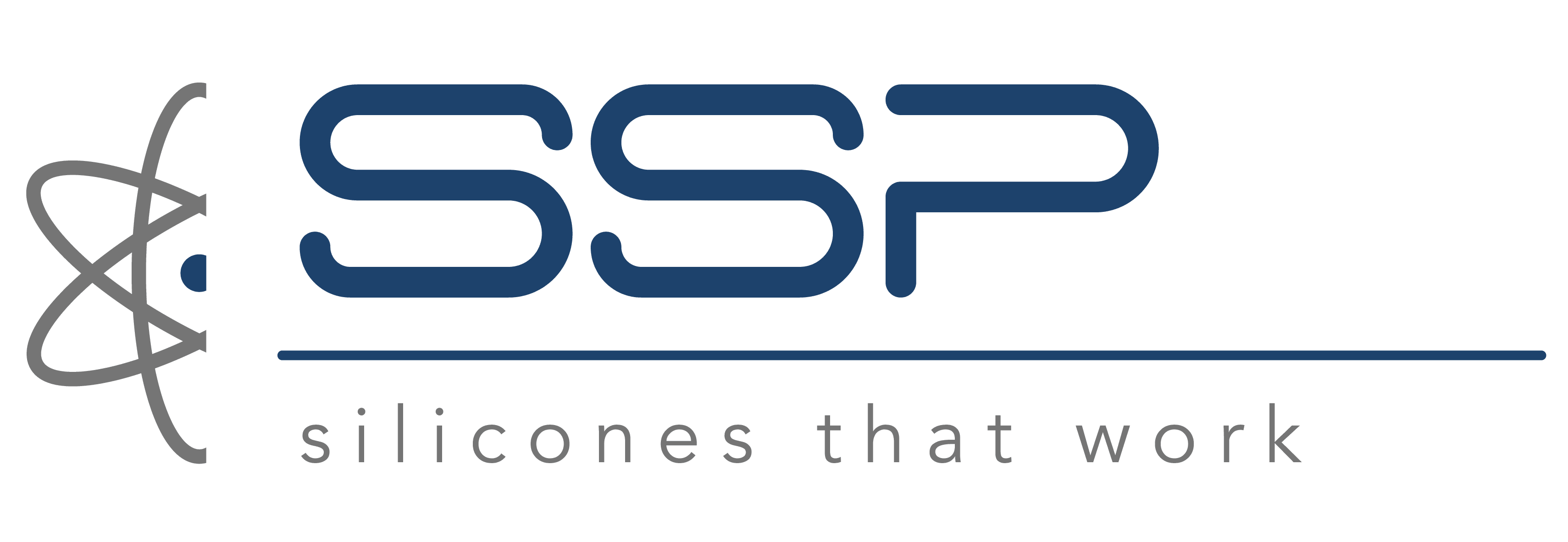What is REACH?
REACH stands for Registration, Evaluation, Authorisation and Restriction of Chemicals. It’s a European Union regulation that’s been in effect since 2007. The European Chemical Agency, or ECHA, is responsible for REACH, which establishes procedures for collecting and assessing information on the properties and hazards of substances – including ones that are used in silicones.
Under REACH, the ECHA publishes the Candidate List of Substances of Very High Concern (SVHC). As of January 16, 2020, this list contains 205 substances. Today, there are three substances on this list that are used in silicones. They’re not new additions and have been on the list since June 27, 2018. Here are their names and Chemical Abstract Service, or CAS, numbers.
- Octamethylcyclotetrasiloxane (D4) – CAS 556-67-2
- Decamethylcyclopentasiloxane (D5) – CAS 541-02-6
- Dodecamethylcyclohexasiloxane (D6) – CAS 540-97-6
Individually, these three substances are referred to as D4, D5, and D6. Collectively, they’re called cyclics.
What are cyclics and why is the ECHA concerned about them?
Cyclics are ring-shaped molecules that contain alternating silicon and oxygen atoms and two methyl groups attached to each silicon atom. They’re the starting point or building blocks for all silicone polymers. You start with these rings, open them up, and then stick all the pieces together to make a long polymer. It’s possible to make silicones where the final product doesn’t contain the starting material, but silicones like that are very expensive. They’re not the kind of products that SSP sells. With fluorosilicones, the starting materials have fluoro groups instead of some of the methyl groups.
It takes a long time for the ECHA to add things to the Candidate List of Substances of Very High Concern. There has to be science behind the decision making. With cyclics, there’s concern that these substances are building up in the environment and not breaking down. Most consumers who know about cyclics usually know them as product ingredients. For example, D4 and D5 are used in personal care products like body washes, shampoo, and deodorants. Sometimes, they’re listed as dimethicone on the ingredients list instead.
In Europe, there’s a ban on D4, D5, and D6 above a threshold of 1000 parts per million (PPM) in personal care products. There’s concern about millions of consumers washing these products down the drain with daily use. The number of showers taken surely exceeds the number of silicone gaskets that are made, but industrial silicones are not immune from these environmental concerns. If you look at the back of a bottle of shampoo, you’ll probably see a silicone ingredient.
Are cyclics dangerous?
There is concern about their persistence in the environment and some suspicion about whether D4 can damage fertility. However, there’s not a great deal of information available here – and exposure to cyclics is not fatal. Again, these materials are in used in personal care products. They’ve been approved for a very long time and don’t present an immediate hazard in case of contact with the skin or inhalation.
If cyclics aren’t dangerous, why are talking about them?
On January 21, 2020, SSP sent a letter to its customers about SVHC cyclics. We’ve been receiving more questions about REACH, so we wanted to provide information. For SSP’s customers, it’s important to understand that D4, D5, or D6 are not banned or restricted in Europe. Moreover, companies outside of the EU (like SSP) aren’t even bound by REACH. The requirements for fulfilling the requirements of REACH are with importers inside the European Union.
Again, the reason we’re discussing REACH today is because more of SSP’s customers are asking about it. Often, it’s because their own departments, procedures, or customers require REACH compliant materials. When silicone buyers hear that they need to have a REACH compliant document, we want them to know that SSP can help with this obligation. In short, we can help you to “check the box” that indicates you have REACH documentation.
Does SSP add cyclics to silicones?
No, SSP does not add cyclics to silicones. Our suppliers make their own D4, D5, and D6, however. For SSP, cyclics represent impurities in the materials that we buy. Fortunately, curing gets rid of a lot of these impurities. Cyclics are a relatively volatile species and will evaporate naturally at some of the curing temperatures that we use. Plus, many of our products are post-baked – and this drives out impurities. Plus, if you put silicones on a bench, the cyclics will evaporate over time.
What’s the bottom line then?
SSP would like silicone buyers to understand that cyclics are inherent to many silicones and their usage isn’t banned (except for a few types of cosmetics applications). If you would like a copy of the letter that SSP mailed recently, please contact SSP on-line and we’ll be happy to send you one. There’s also more information available from an industry group: www.silicones.eu




